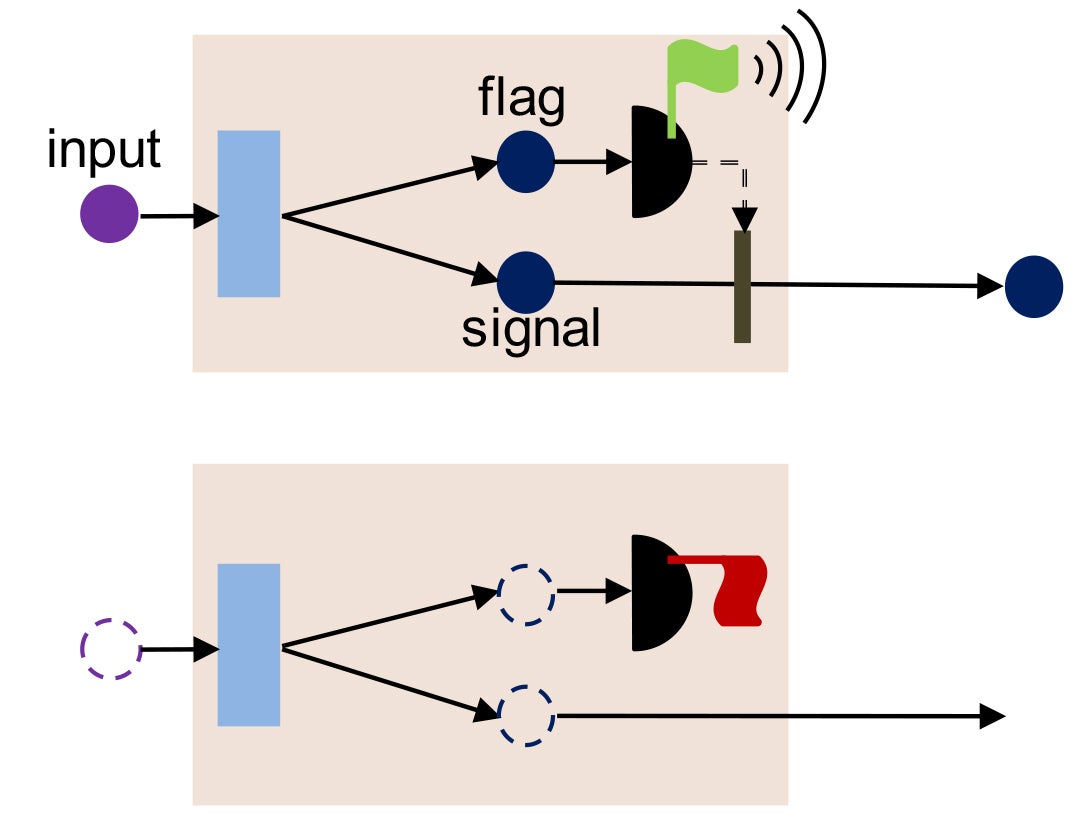A team lead by researchers from the Institute for Quantum Computing and the Department of Physics and Astronomy at the University of Waterloo has successfully detected the presence of single photons while preserving their quantum states.
In quantum communication, photons in quantum states are used as carriers of information and sent over long distance, for applications like quantum cryptography and teleportation. However, any transmission is inherently lossy – only 50 per cent of photons arrive after travelling 15 kilometres through optical fibre – making it very difficult to know when an individual photon is arriving. Using a nonlinear optical process called parametric down-conversion applied to incoming single photons, the team demonstrated photonic qubit precertification for the first time, certifying the presence of the photons without destroying their quantum states.
Precertification works as follows: Alice, the sender, transmits a photonic qubit to Bob, the receiver. Bob splits that photon into two photons, labelled flag and signal. The flag photon is immediately detected to herald the presence of the signal, which carries the initial quantum state. Because the flag photon is only produced with the corresponding signal photon, the detection of the flag precertifies the presence of the signal. If no photon arrives, the flag is not detected, so researchers know not to expect the signal photon.

“This is an important result in the field of quantum communication,” said IQC researcher and PhD candidate in the Department of Physics and Astronomy at the University of Waterloo Evan Meyer-Scott. “Many cutting-edge protocols rely on knowing that a photon is present.”
Previous related experiments have used the same device for both Alice and Bob, which means the source and receiver couldn’t be separated for practical applications. The work by IQC researchers located Alice and Bob in separate labs, providing a path towards the realization of advanced quantum communication protocols in real-world settings. The labs are connected by an optical fibre, through which the signal photons travel.
“This new protocol is very exciting. It will certainly require future improvements to become practical; for example in the conversion and coupling efficiency,” said faculty member Thomas Jennewein. “Even so, the big step that makes the result so interesting is that in our first experiment the system already works with Alice and Bob located in separate labs.”
The paper, Certifying the presence of a photonic qubit by splitting it in two, was published February 16, 2016 in PRL. Collaborating with Jennewein and Meyer-Scott were IQC researchers Daniel McCluskey, Klaudia Golos, Jeff Salvail, Kent Fisher and Canada Research Chair in Optical Quantum Technologies Kevin Resch. Their other collaborators included alumnus Deny Hamel, now at the Université de Moncton, and Adán Cabello of the Universidad de Sevilla.